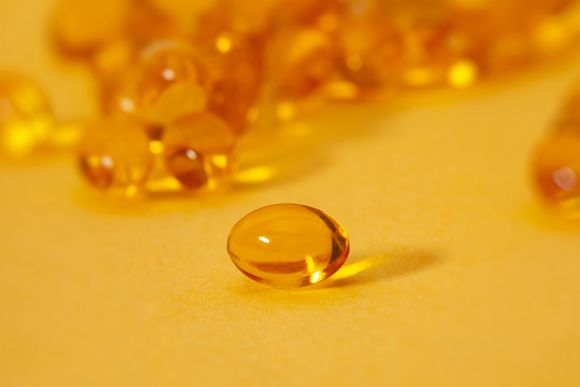Author: Rositsa Tashkova, Master of Molecular Biology and Microbiology
Study published in BMJ [ref.1] in 2017, presents the results of a meta-analysis of data for 10,933 participants in 25 randomized controlled trials on the effect of vitamin D on acute respiratory infections. In general, these results showed a protective effect, especially in those receiving the vitamin as a supplement every day or once a week. The strongest protective effect of vitamin D intake was observed in those who otherwise suffered from a serious vitamin deficiency (below 25 nmol/l).
In 2017, 2.55 million people worldwide died from acute lower respiratory tract infections [ref.2]. At the same time, vitamin D, or more precisely its biologically active form 25(OH)D, has been found to support the induction of antimicrobial substances (peptides) in response to viral and bacterial infections. Some substances that are formed during the metabolism of the vitamin have a positive effect on other antibacterial mechanisms [ref.3] in the body.
Dosage of vitamin D
It should be considered that the vitamin can be toxic in large doses, and its intake should be regular, in small quantities, and not a large dose. In the latter case, negative effects may be observed.
Vitamin D is fat soluble and unlike other vitamins, such as vitamin C, which dissolve in water and excess amounts are discharged with urine, fat-soluble vitamins linger in the body for longer. Before starting vitamin D intake, it is good to examine and understand what its levels are in your body at the moment. Then, based on this information, a doctor can decide what daily dose to prescribe you. In the context of an epidemic, such information can also be given by phone.

Risks of vitamin D overdose
Taking too much vitamin D over a long period of time can lead to the accumulation of too much calcium in the body (hypercalcemia). This can weaken bones and damage the kidneys and heart.
The UK National Institute of Health (NHS) recommends [ref.4] intake of 10 micrograms per day, but not more than 100 micrograms of vitamin D per day, as it can be harmful. This applies to adults including pregnant and lactating women and the elderly, as well as children between 11 and 17 years old.
According to the NHS, children aged 1 to 10 should not take more than 50 micrograms a day, and babies under 12 months should not have more than 25 micrograms per day.
In some medical conditions, even these doses are not safe, so you should always consult your doctor. If they recommend taking a different amount of vitamin D, you should follow theis advice.
How to provide healthy amounts of vitamin D

One of the ways in which your body supplies the vitamin is through sunlight, but although it is not possible to overdose in this way, we should not forget the risks that excessive sun exposure brings with it, such as the danger of skin cancer, for example.
But between October and early March, you don't get enough vitamin D from sunlight. Therefore, you should rely only on food and additional intake of multivitamins or only the vitamin in the form of a supplement.
Vitamin D is found in a small number of foods:
- oily fish - salmon, sardines, herring and mackerel
- red meat
- liver
- egg yolks
Another source of vitamin D are dietary supplements.
The vitamin can be taken in the composition of multivitamin complexes, but it should be taken into account that it is most easily digested in the form of drops (that is, in liquid form), and not tablets.
Read more:









